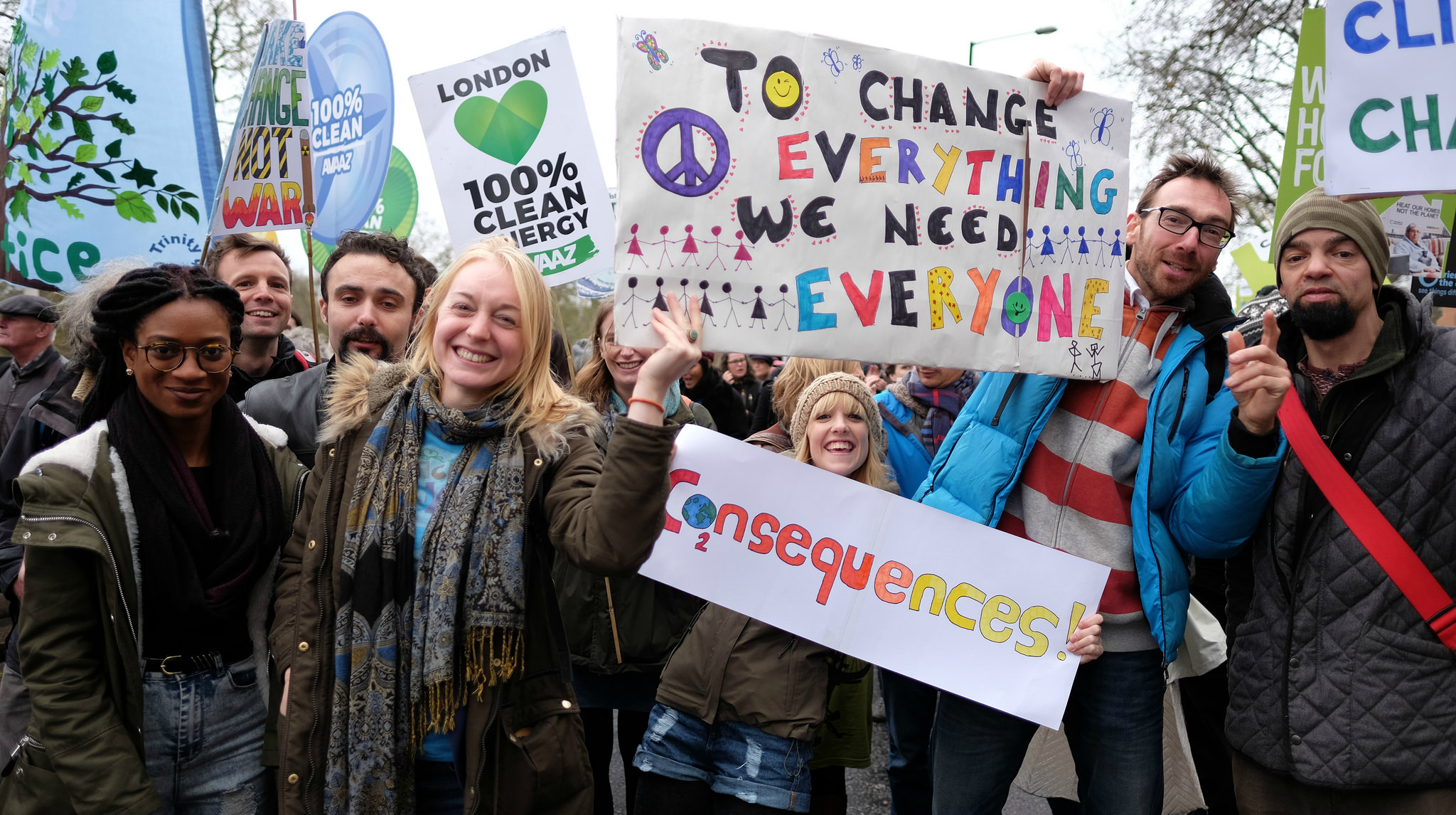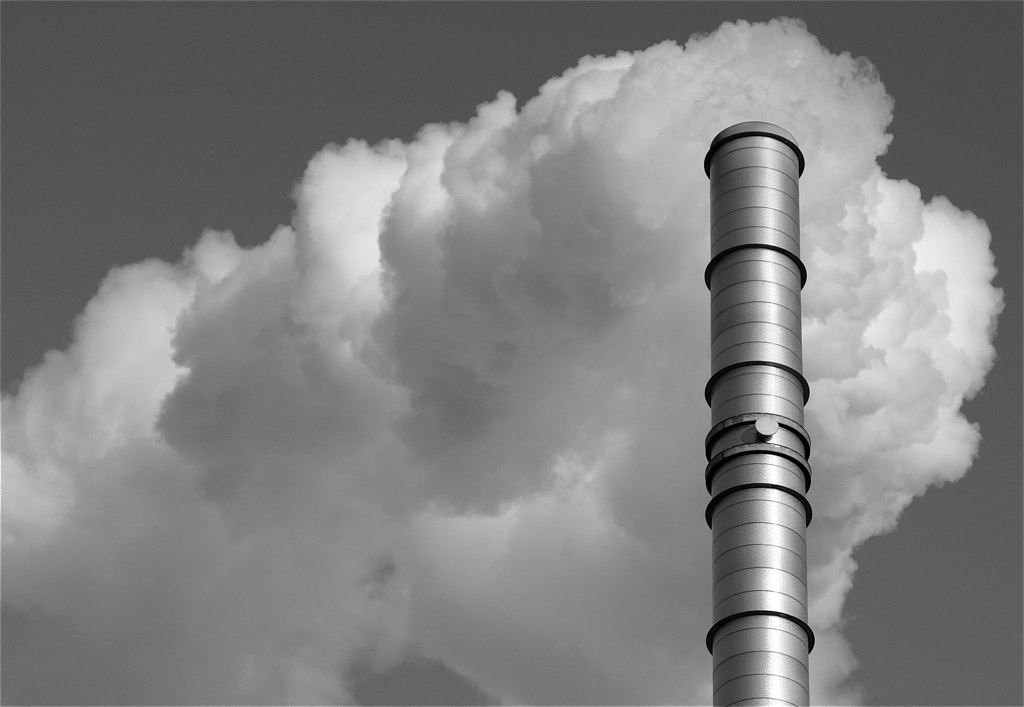cars
Carbon Counters
The Paris climate agreement last December resulted in commitments by 195 countries to reduce their carbon emissions. The countries around the world made specific pledges to reduce emissions in the form of “intended nationally determined contributions” or INDCs.
We Like Cheap Gas
The major auto makers agreed several years ago to a goal of achieving average fuel economy of over 54 miles per gallon by 2025. Motivated by the desire to reduce emissions, getting twice as many miles out of a gallon of gas makes great sense.
Road Salt
Snow season is here. The chances are good you’ll find yourself behind a truck spreading salt on the roads in an attempt to deice them. You may even try a little salt on your own front porch. Annually we spread about 20 million tons of road salt in the U.S., and we’ve been doing it since the late 1930s.
Norway And Electric Cars
One of the standard criticisms aimed at electric cars is whether they actually are good for the environment when everything is taken into account. For example, people worry about the amount of energy expended and the environmental impact of actually building the car. Recent studies have shown that this balances out over a relatively short amount of the car’s lifetime.
Powering The Hydrogen Highway
2016 is the first year that hydrogen fuel cell cars are available to the general public. There aren’t very many of them as yet, but Toyota, Honda, and Hyundai all have fuel cell vehicles on the market. All these companies are betting on hydrogen-powered cars as the future of personal transportation.
Right now, California is where almost all the action is for fuel cell cars but even there, there are only a handful of hydrogen fueling stations. The automakers are providing a great incentive to owners of their fuel cell cars: free hydrogen for the first couple of years. But free or not, it has to be available.
There are plans to build many more hydrogen fueling stations in California, but one problem is that it takes quite a while to commission new stations. Every car manufacturer has to perform validation tests that take weeks. As a result, it can take months to bring stations online.
California hopes to bring online a network of more than 50 stations by the end of 2016, mostly in Southern California and in the San Francisco Bay Area. Thanks to a new device developed by Sandia National Laboratories and the National Renewable Energy Laboratory, this rapid deployment of new stations now looks possible.
It is called the Hydrogen Station Equipment Performance device, or HyStEP, and it acts like a surrogate for vehicles and eliminates the need for each manufacturer to test separately. Testing can be done in less than a week.
Streamlining the process for commissioning hydrogen fueling stations is one important step towards building the hydrogen highway.
**********
Web Links
Speeding up the hydrogen highway
Photo, posted June 14, 2014, courtesy of Flickr.
Earth Wise is a production of WAMC Northeast Public Radio.






